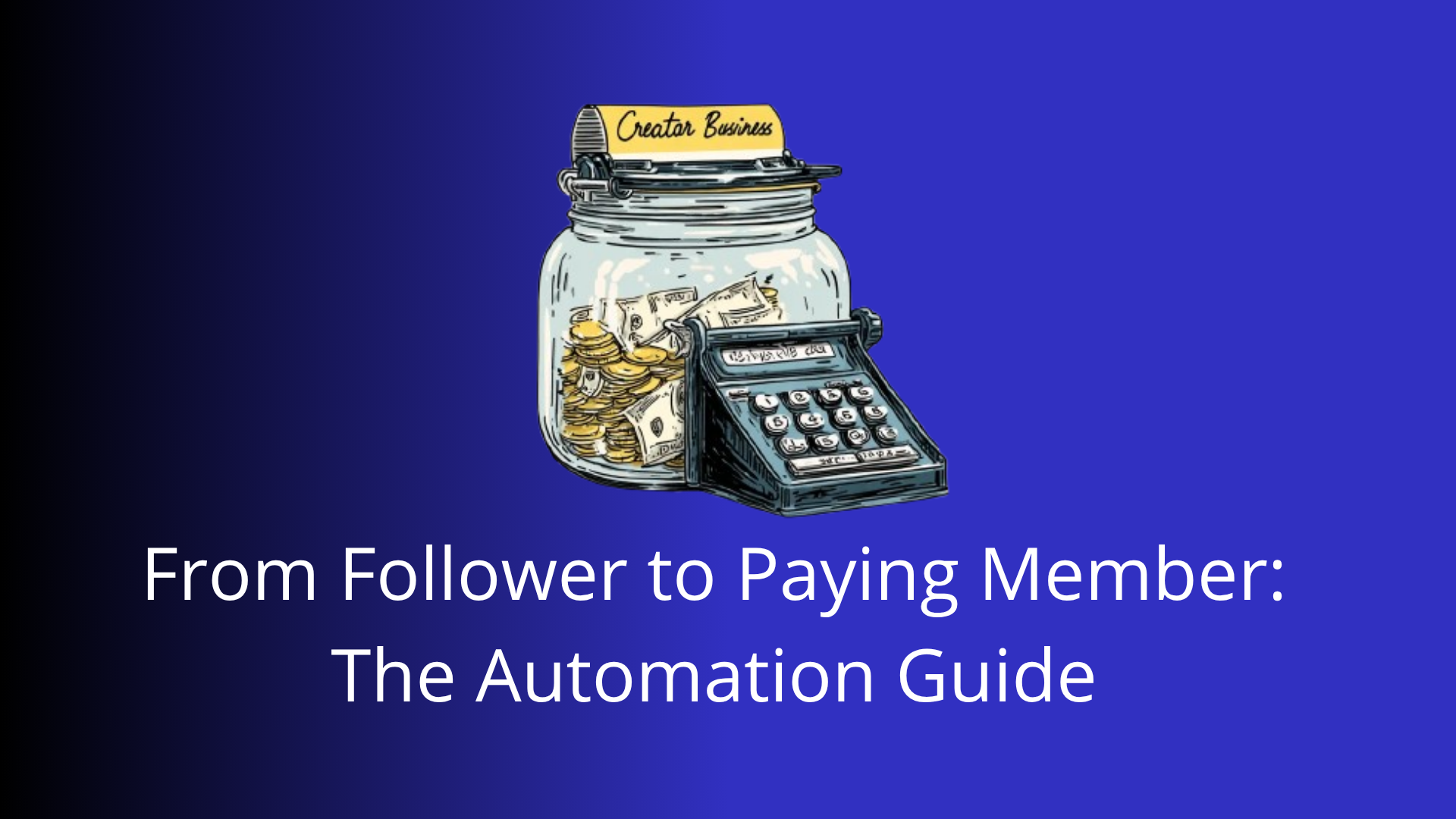Content
Automating commission calculations, improving visibility, and ensuring compliance can save countless hours and reduce costly errors. Below, we’ve compiled the top 10 sales commission software platforms in 2025.
1. Visdum

Visdum is a purpose-built sales commission software designed for high-growth companies. It automates complex commission calculations, ensures compliance with ASC 606, and integrates seamlessly with CRMs like HubSpot and Salesforce, among other accounting and billing platforms like Quickbooks, Sage, etc. With Visdum, finance, sales ops, and GTM leaders gain real-time visibility into performance, while reps can track commissions with complete transparency.
Key Features and Benefits
- Automates even complex commission structures (tiered, quota-based, SPIFs, and multi-currency) through visual rule builders.
- Native integration with HubSpot CRM and Salesforce to sync deal data instantly.
- Real-time dashboards for sales reps, managers, and finance leaders to track commission results.
- ASC 606 compliance with amortization schedules for commission expense recognition.
- Customizable approval workflows for exceptions, clawbacks, and adjustments.
- Secure, audit-ready system built to scale with growth with comprehensive audit trail.
- User-friendly interface with minimal learning curve.
Potential Drawbacks
- Currently best suited for companies with 15–2000 sales reps, may be more than smaller teams need.
2. Qobra

G2 Rating: 4.8/5 (1,000+ Reviews)
Qobra is the modern sales compensation platform built for transparency, accuracy, and motivation. Designed for revenue-driven organizations, Qobra automates commission management end-to-end, from plan design to payout, ensuring every stakeholder has real-time visibility into performance and earnings.
Key Features and Benefits
- Complete Automation: Eliminate spreadsheets with automated calculation of complex commission rules (tiers, accelerators, bonuses, and clawbacks).
- Real-Time Dashboards: Reps and managers get instant visibility into performance, quota attainment, and forecasted earnings.
- Scenario Modeling: Finance and RevOps leaders can simulate plan changes, forecast costs, and optimize incentive strategies with ease.
- CRM & HRIS Integrations: Natively integrates with Salesforce, HubSpot, Pipedrive, Workday, Factorial, and HiBob to keep data accurate and up to date.
- Audit-Ready Accuracy: Every payout is traceable and compliant with finance-grade precision and audit trails.
- Motivational Tools: Engage sales reps with leaderboards, gamified achievements, and “what-if” commission simulators.
- Analytics & Insights: AI-powered dashboards reveal compensation efficiency, ROI, and performance trends.
Potential Drawbacks
- Currently optimized for companies scaling from 50 to 2,000+ employees; smaller startups may find some enterprise features unnecessary.
3. QuotaPath
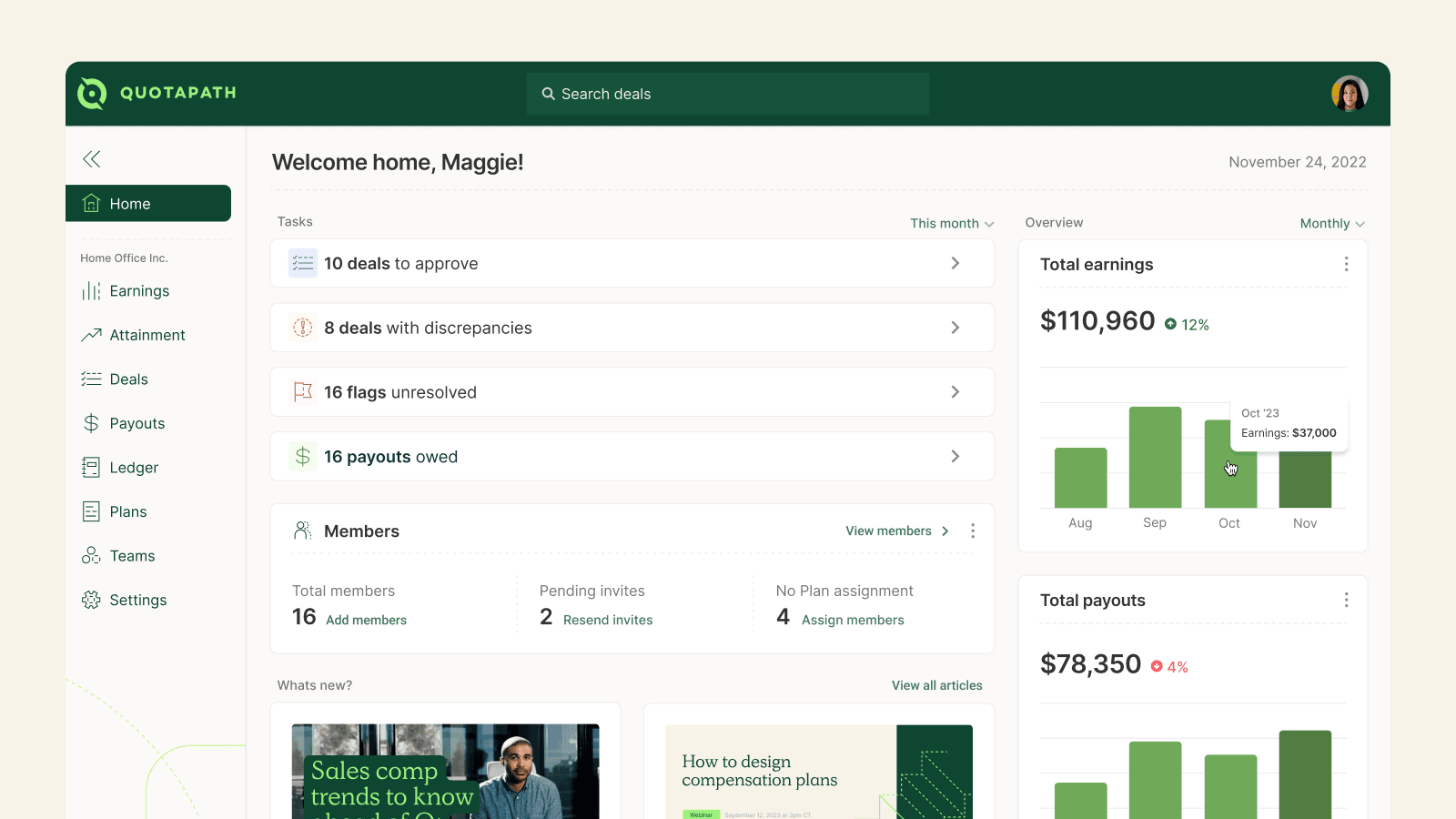
QuotaPath is a commission tracking and revenue alignment platform that emphasizes simplicity and transparency. It’s particularly popular among startups and scale-ups looking for a more user-friendly system.
Key Features and Benefits
- Easy-to-use commission tracking for reps and managers.
- Real-time forecast views based on current performance.
- Transparent dashboards that align quota and earnings.
- Seamless CRM integration with Salesforce and HubSpot.
- Collaborative goal-setting features for revenue teams.
Potential Drawbacks
- Limited customization for highly complex commission plans.
- Best suited for SMBs; may not scale well for very large enterprises.
4. Everstage
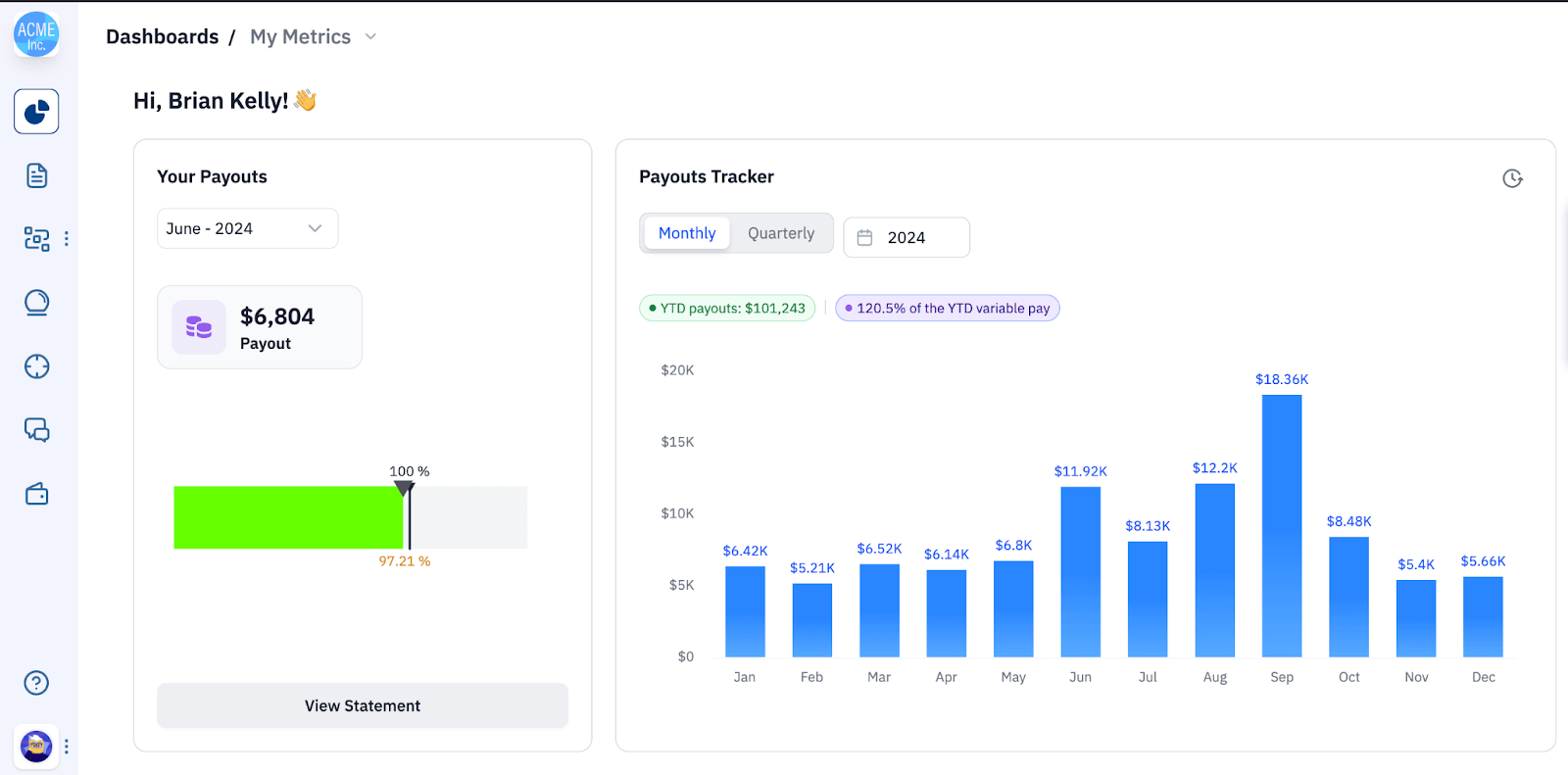
Everstage is a commission automation platform that provides end-to-end visibility into incentive programs. It’s known for its clean UI and strong analytics capabilities for both admins and reps.
Key Features and Benefits
- Automates commission calculations and eliminates manual errors.
- Performance dashboards for real-time earnings visibility.
- Scenario modeling to simulate future compensation plans.
- Integrations with CRMs like Salesforce and HubSpot.
- Mobile-first interface for reps on the go.
Potential Drawbacks
- Limited support for advanced accounting compliance needs like ASC 606.
- Feature set is still expanding compared to older platforms.
5. Performio
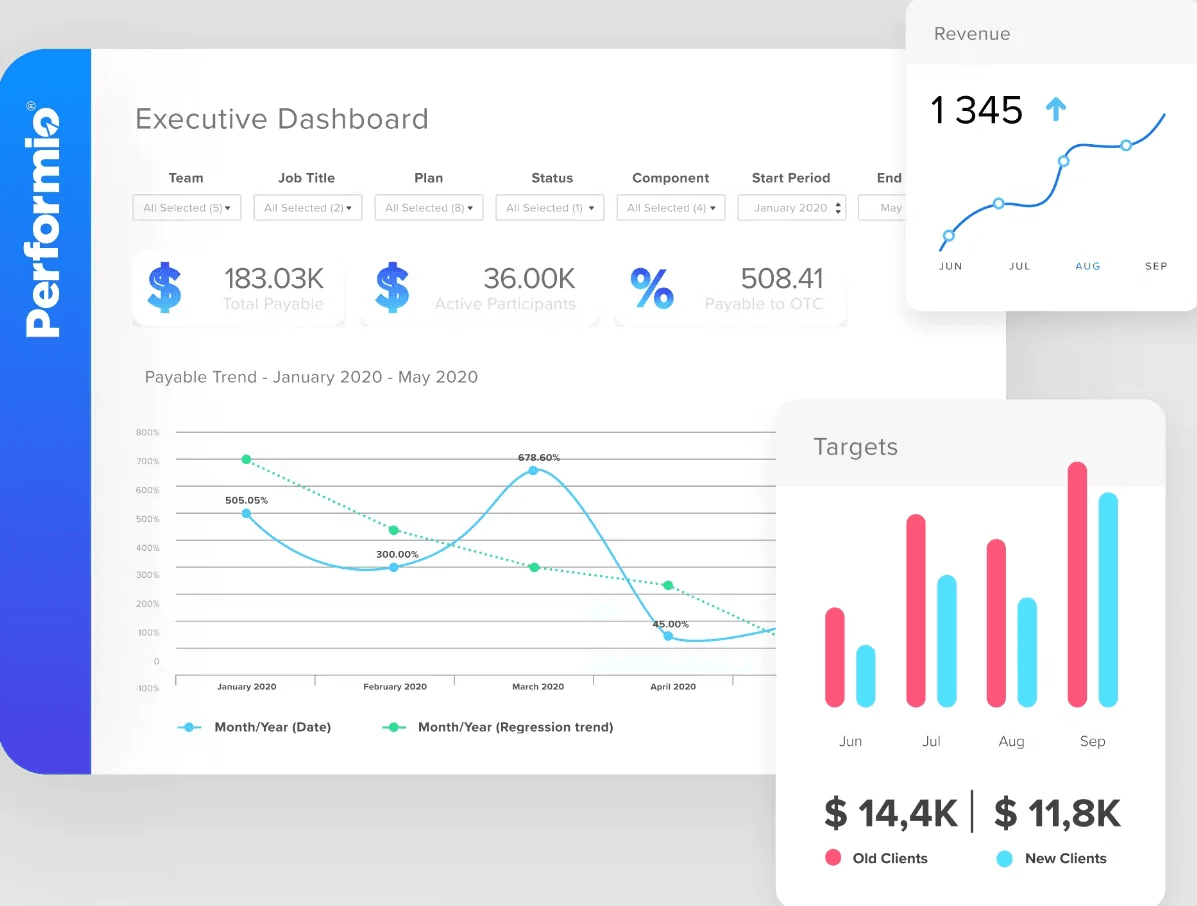
Performio is a mature sales commission software with a strong focus on enterprise use cases. It offers advanced reporting and audit-ready compliance, making it popular in regulated industries.
Key Features and Benefits
- Powerful calculation engine for large enterprises.
- Advanced analytics and detailed reporting.
- Audit logs and compliance features for finance teams.
- Configurable workflows for approvals and adjustments.
- Handles multi-currency and global incentive structures.
Potential Drawbacks
- Complex implementation that can take several months.
- Pricing geared more toward larger companies.
6. Spiff
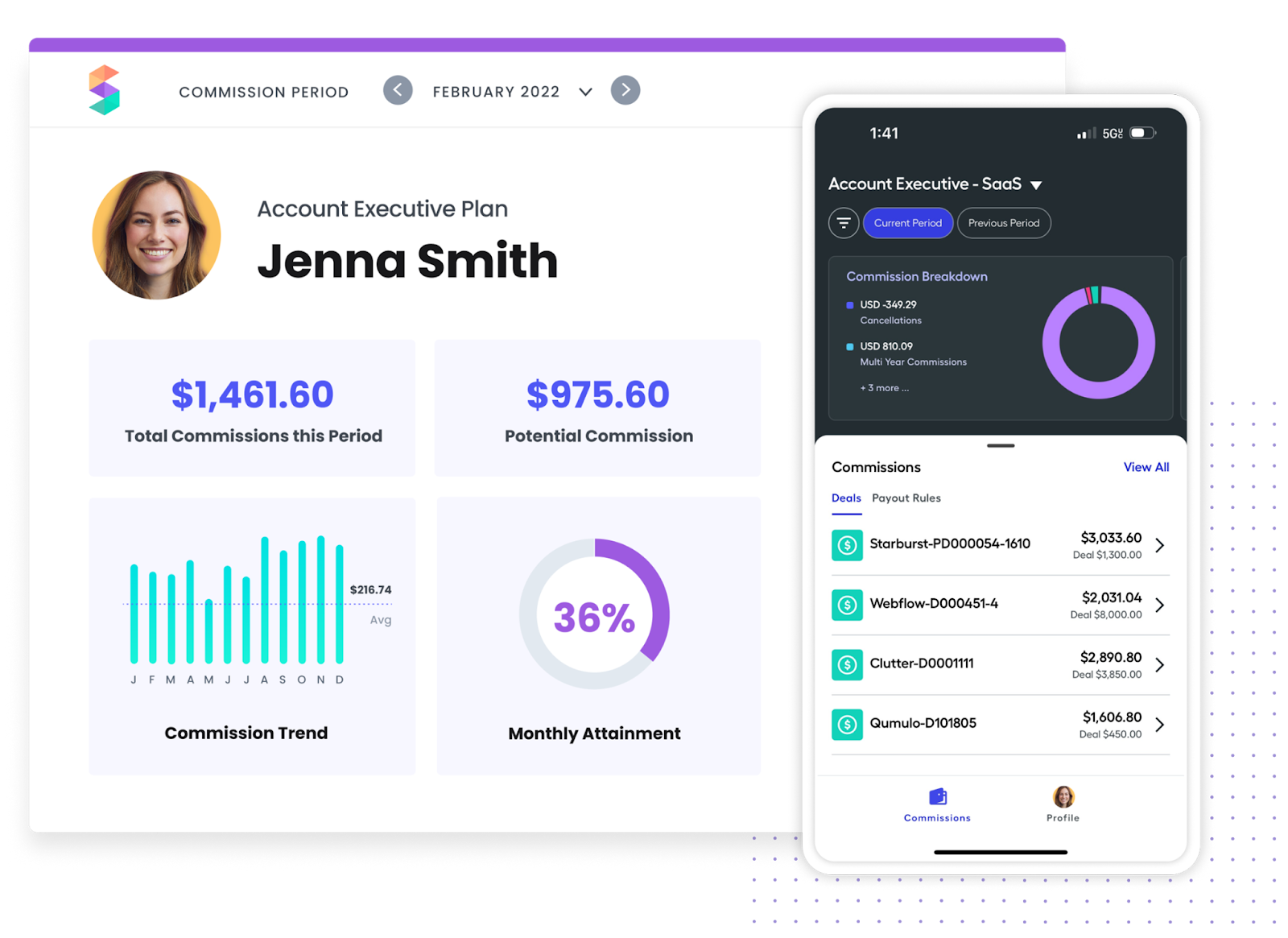
Spiff is a widely adopted commission software that emphasizes ease of use and modern design. It’s ideal for scaling SaaS companies looking to automate incentive management.
Key Features and Benefits
- Intuitive design for both reps and admins.
- Automated plan management with real-time dashboards.
- Strong API capabilities for integrations.
- Scenario planning and “what-if” analysis.
- Mobile app for commission visibility anywhere.
Potential Drawbacks
- Some users report difficulties with highly complex commission plans.
- Pricing can increase significantly as teams scale.
7. Xactly Incent
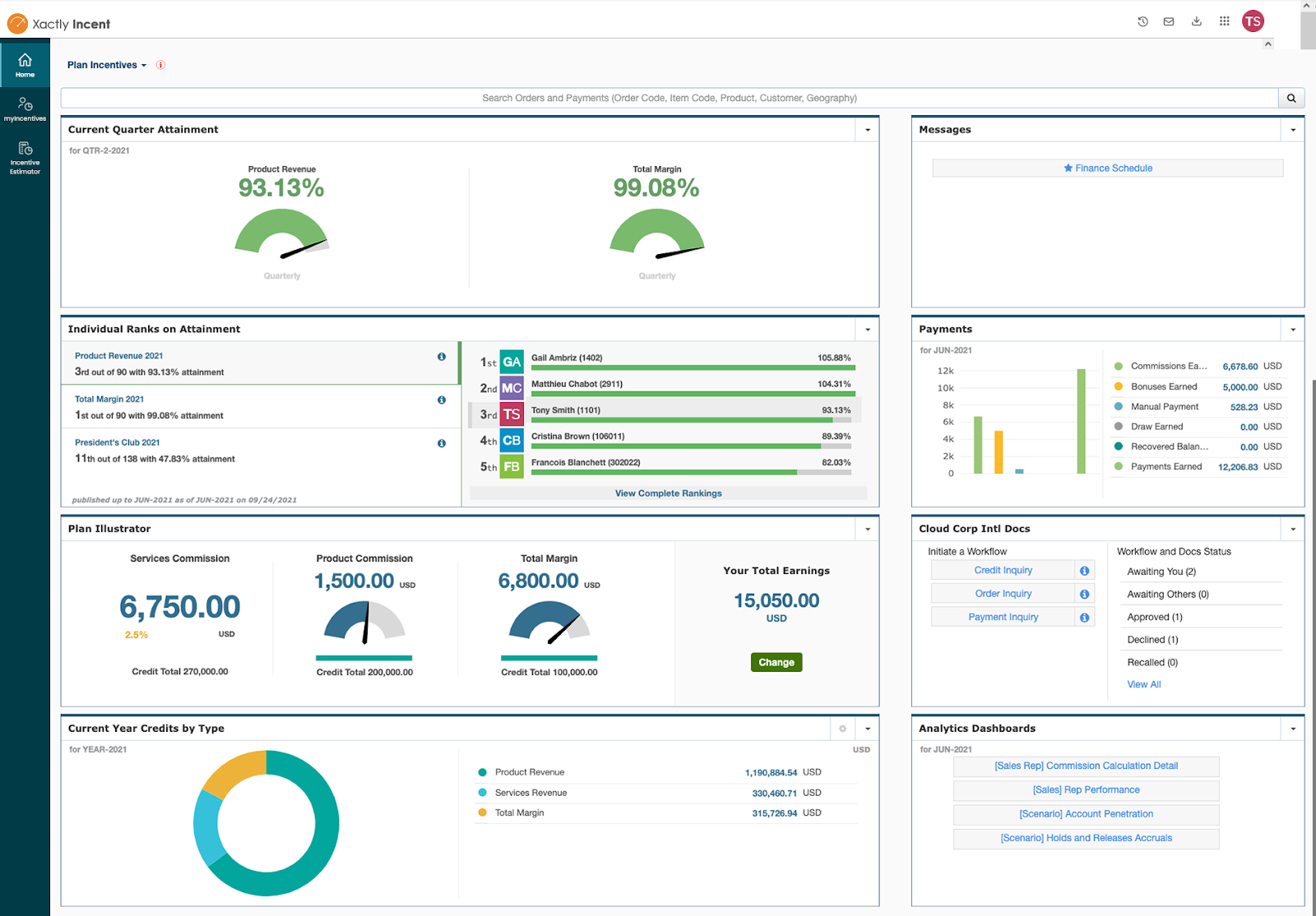
Xactly Incent is one of the earliest and most established players in sales performance management. It’s designed for enterprises with highly regulated and global operations.
Key Features and Benefits
- Robust commission engine built for enterprise scale.
- Strong compliance and audit trail capabilities.
- Wide range of integrations across ERP, CRM, and HCM systems.
- AI-powered insights for sales performance.
- Supports global compensation and multi-language environments.
Potential Drawbacks
- Implementation can be long and resource-intensive.
- Interface feels outdated compared to newer competitors.
8. Varicent
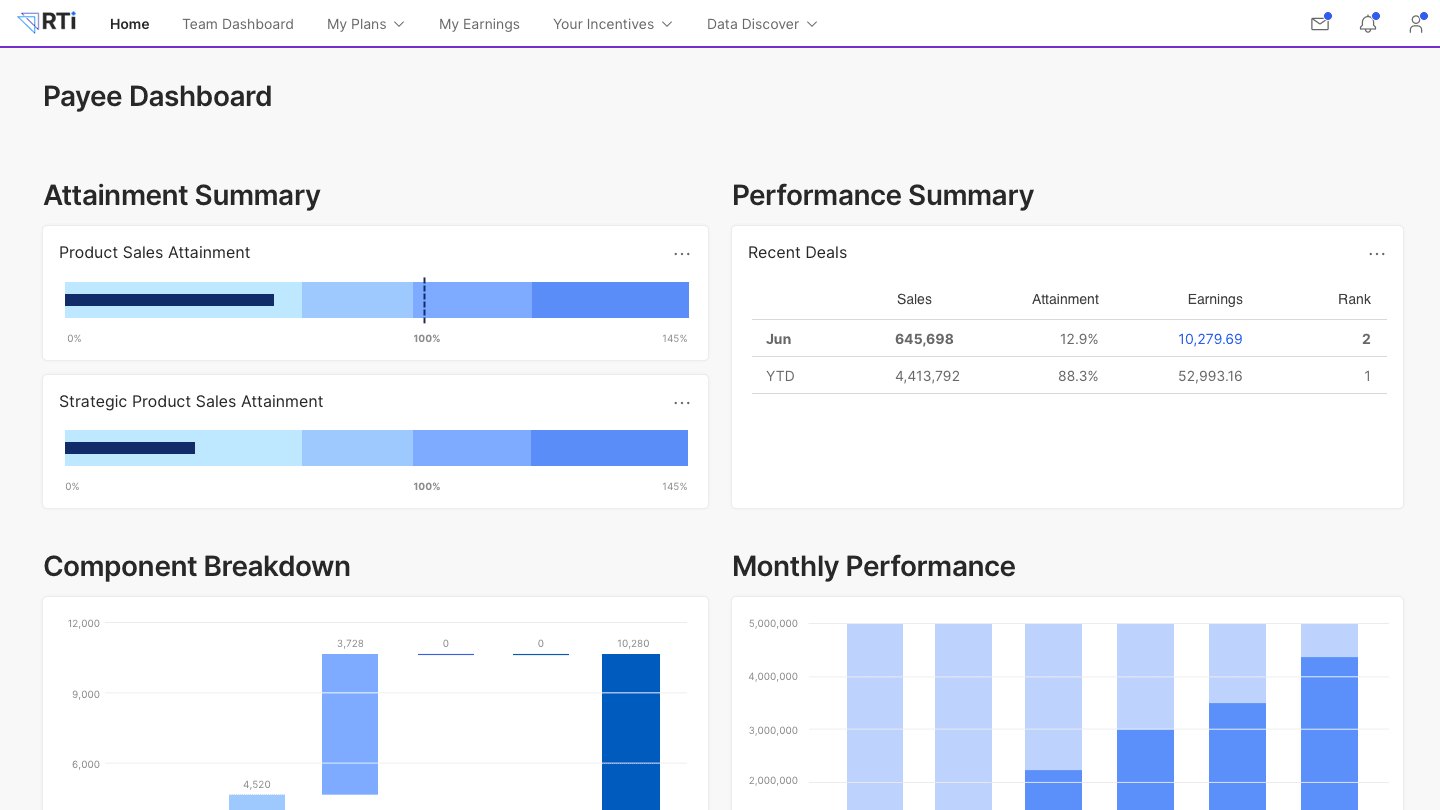
Varicent is a full-scale sales performance management (SPM) platform that goes beyond commission tracking, offering revenue intelligence and territory management.
Key Features and Benefits
- End-to-end incentive compensation management.
- Advanced territory and quota planning.
- AI-powered analytics for performance insights.
- Customizable dashboards for leadership visibility.
- Enterprise-grade scalability and security.
Potential Drawbacks
- Overly complex for companies looking only for commission automation.
- Pricing is at the higher end of the spectrum.
9. Fullcast
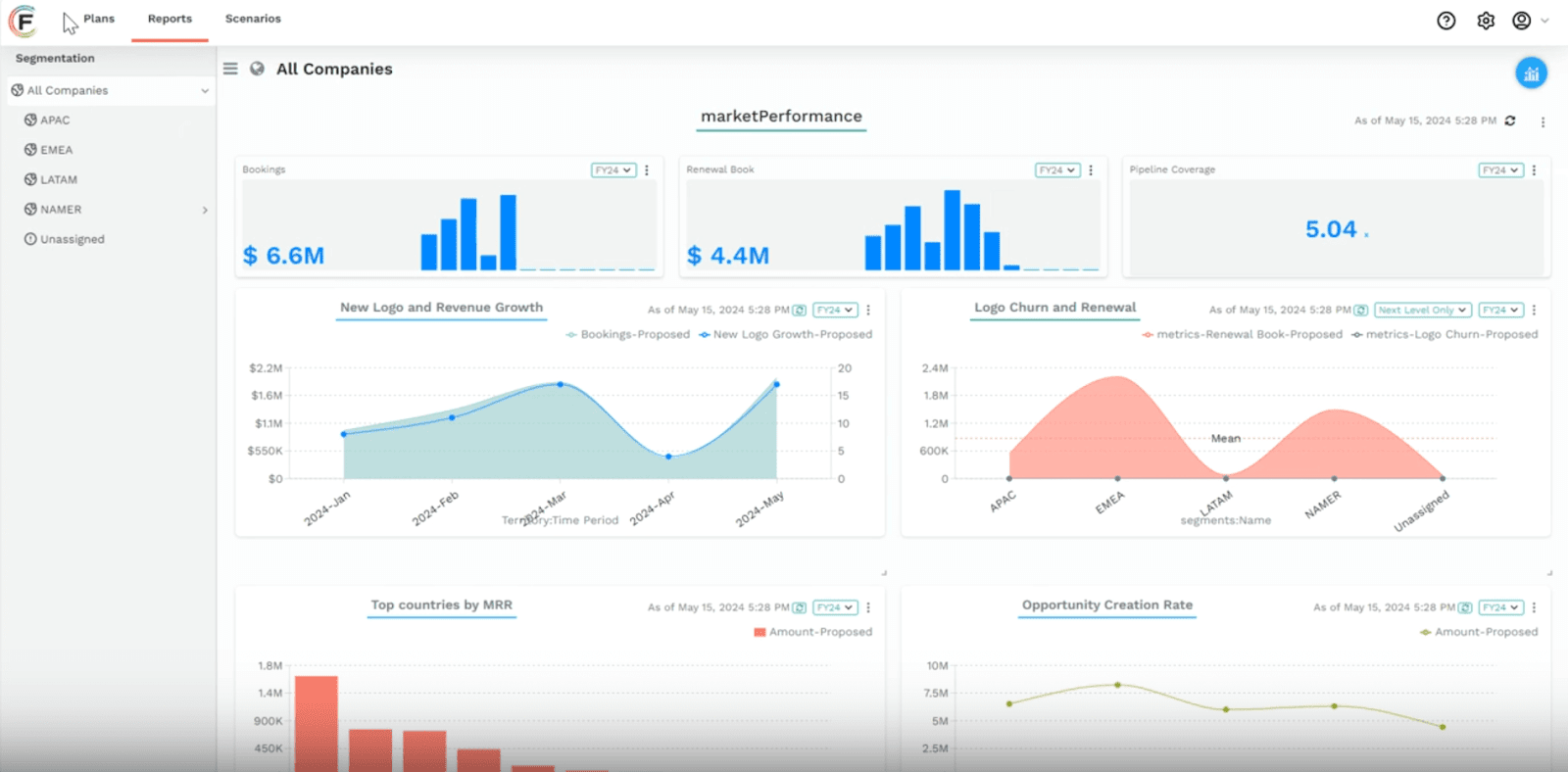
Commissionly is a cloud-based sales commission software built for small and mid-sized businesses. It’s straightforward, budget-friendly, and designed for teams looking to move away from spreadsheets.
Key Features and Benefits
- Simple setup and fast onboarding.
- Automates commission tracking with clean dashboards.
- Cloud-based and accessible from anywhere.
- Affordable pricing plans for SMBs.
- Integrations with Salesforce, HubSpot, and other CRMs.
Potential Drawbacks
- Not designed for highly complex plans or large enterprises.
- Limited analytics compared to premium solutions.
10. Core Commissions
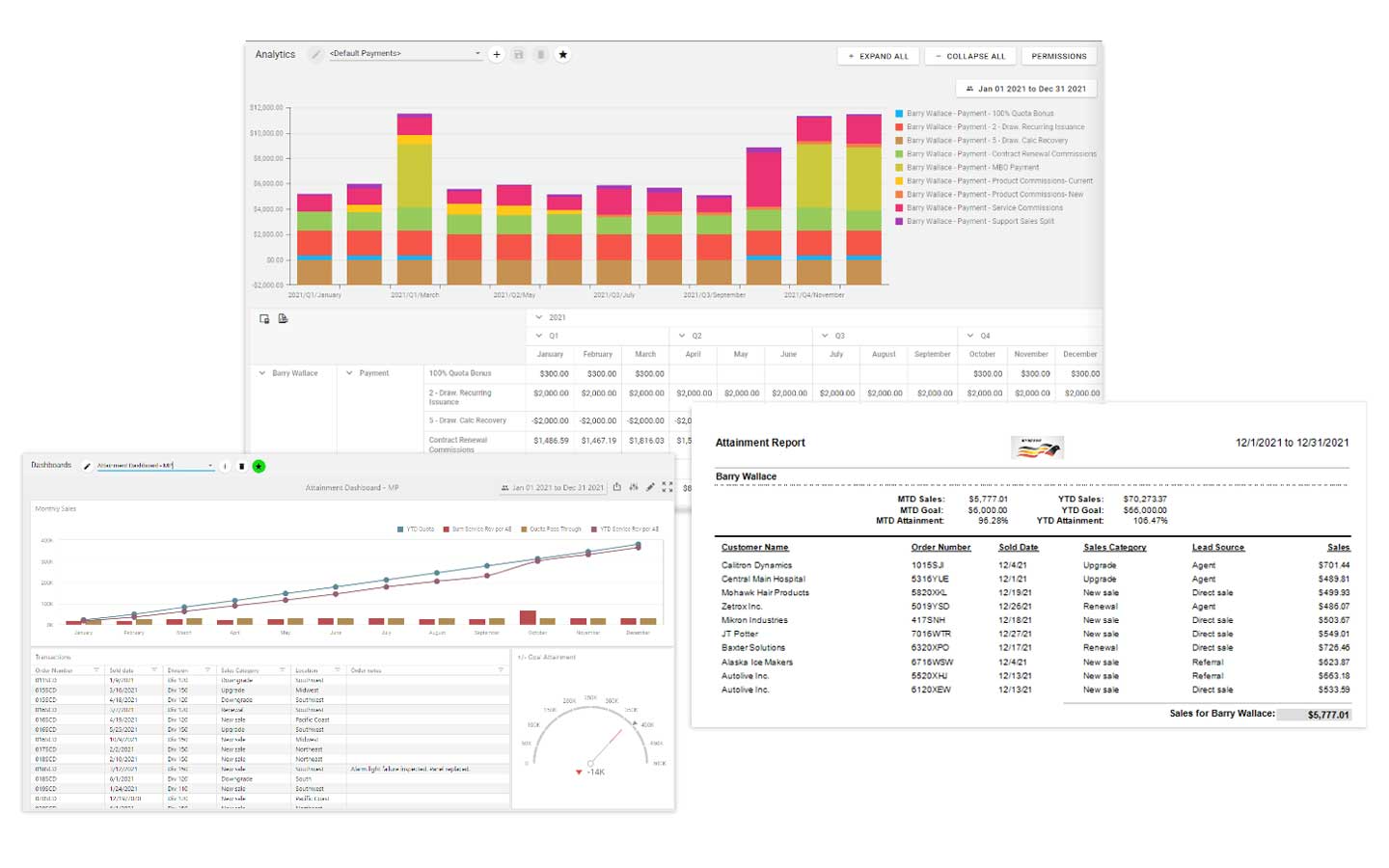
Core Commissions offers flexible commission automation with a focus on customization. It’s a strong choice for businesses with unique or non-standard incentive structures.
Key Features and Benefits
- Highly customizable commission logic.
- Report builder for detailed performance analysis.
- Automated processing that reduces manual workloads.
- Cloud-based with role-based access controls.
- Strong customer support for plan setup.
Potential Drawbacks
- Interface can feel less modern compared to newer tools.
- Setup may require more admin involvement than plug-and-play tools.
✅ Key Takeaway: Sales commission software eliminates manual errors, boosts transparency, and saves countless hours for finance and sales ops teams. From modern, user-friendly platforms like Visdum, Everstage, and Spiff to enterprise-grade solutions like Xactly and Varicent, the right choice depends on company size, complexity, and integration needs.
Conclusion
Sales commission automation is no longer a “nice-to-have” — it’s a necessity for modern sales organizations. Manual spreadsheets are error-prone, time-consuming, and create mistrust between finance and sales teams. By adopting the right sales commission software, businesses can:
- Ensure accurate and timely commission results.
- Improve transparency and trust with real-time dashboards.
- Save finance and sales ops teams hours of manual work.
- Stay compliant with accounting standards like ASC 606.
- Scale compensation processes as the company grows.
The best software depends on team size, industry, and complexity. Platforms like Visdum, QuotaPath, and Commissionly work well for growing companies, while Xactly, Varicent, and Performio serve large, global enterprises. For businesses looking to balance automation with ease of use, Visdum stands out as a strong choice, especially for teams using HubSpot CRM or Salesforce because of its focus on ease of use.
FAQs on Sales Commission Automation
1. What is sales commission software?
Sales commission software automates the process of calculating, tracking, and managing sales commissions. It reduces errors, improves visibility for sales reps, and ensures finance teams stay compliant with accounting standards.
2. Who uses sales commission software?
It’s mainly used by sales operations, finance, and revenue teams to manage incentives. Sales reps also benefit by accessing real-time dashboards that show their earnings and progress toward quotas.
3. Why not just use spreadsheets for commission tracking?
Spreadsheets can work for very small teams, but they quickly become error-prone and hard to maintain as the company scales. Sales commission software automates calculations, handles exceptions, and keeps a clear audit trail.
4. How does commission automation improve transparency?
Reps can log in and see exactly how their commissions were calculated. This eliminates disputes, builds trust, and helps motivate teams by showing clear links between performance and earnings.
5. Does sales commission software support ASC 606 compliance?
Yes, advanced platforms like Visdum and Performio provide commission amortization features that help finance teams stay compliant with ASC 606 revenue recognition standards.
6. How much does sales commission software cost?
Pricing varies by vendor. SMB-focused tools like Commissionly and QuotaPath are more affordable, while enterprise-grade platforms like Xactly and Varicent come at a higher cost due to advanced features and scalability.
7. What should companies look for when choosing software?
Key factors include integration with CRMs (like Salesforce or HubSpot), support for complex commission structures, scalability, compliance features, and ease of use for both admins and reps.




